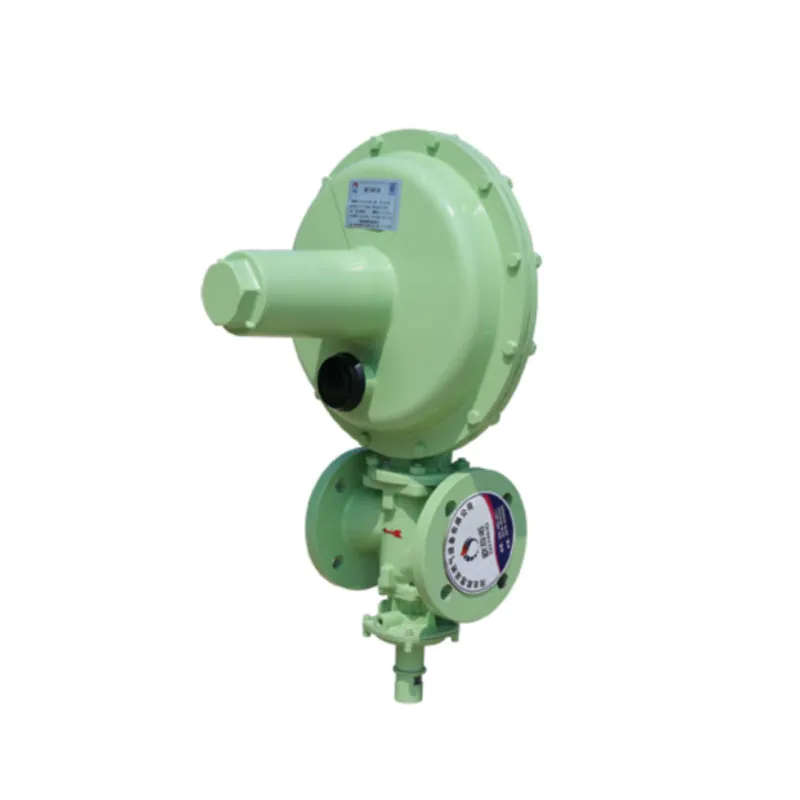
Nov . 05, 2024 03:49
Back to list
صمامات تخفيف الضغط
Understanding Pressure Relief Valves Essential Components for Safety and Efficiency
Pressure relief valves (PRVs) are critical components in various industrial systems aimed at maintaining safety and operational efficiency. These devices are designed to prevent excessive pressure build-up within a system, thereby avoiding potential equipment failures, explosions, or hazardous situations. Understanding the workings and importance of pressure relief valves can significantly enhance the safety protocols in any industrial environment.
What is a Pressure Relief Valve?
A pressure relief valve is a mechanical device that automatically releases excess pressure from a vessel or a system to prevent failure. These valves are crucial in industries such as oil and gas, chemical manufacturing, pharmaceuticals, and water treatment, among others. They function by opening a predetermined discharge path when the pressure exceeds a specified limit, allowing the fluid to escape until the pressure drops back to a safe level.
Types of Pressure Relief Valves
There are several types of pressure relief valves, each designed for specific applications. The most common types include
1. Spring-Loaded Relief Valves This is the most widely used type. It features a spring mechanism that keeps the valve closed. When the pressure exceeds the set limit, the spring compresses, allowing the valve to open and release excess pressure.
2. Pilot-Operated Relief Valves These valves utilize a small pilot valve that controls a larger main relief valve. They are well-suited for systems requiring tight pressure control and can maintain lower pressure while still responding quickly to excess pressure situations.
3. Balanced Bellows Relief Valves Designed to minimize the impact of backpressure on opening and closing, these valves are often used in processes where backpressure can fluctuate.
Each type of pressure relief valve has its unique advantages and best-fit applications, depending on factors such as the nature of the fluid being controlled and the system's pressure requirements.
.
The significance of pressure relief valves cannot be overstated. Here are some key reasons why they are essential
صمامات تخفيف الضغط

1. Safety The primary function of PRVs is to ensure the safety of personnel and equipment. By releasing excess pressure, these valves prevent catastrophic failures that could lead to explosions or significant accidents.
2. Regulatory Compliance Many industries are subject to stringent regulations that mandate the use of pressure relief valves to maintain safe operational pressures. Compliance with these regulations helps organizations avoid legal issues and maintain their reputation.
3. Operational Efficiency By controlling pressure fluctuations, PRVs help in maintaining process efficiency. Stable pressure is crucial for optimal operation in many manufacturing processes, ensuring product quality and reducing waste.
4. Equipment Longevity Excess pressure can cause significant wear and tear on machinery, leading to increased maintenance costs and equipment downtime. By managing pressure levels, PRVs contribute to the longevity of industrial systems.
Maintenance and Testing
To ensure that pressure relief valves function correctly, regular maintenance and testing are essential. This includes
- Routine Inspection Regular checks can help identify signs of wear or malfunction. Valves should be inspected for leaks, corrosion, and physical damage.
- Testing Periodic testing of the valve's set pressure ensures that it opens at the correct pressure. This testing is crucial, as valves can become less reliable over time.
- Calibration Ensuring that the valve is correctly calibrated is vital for its effectiveness. Miscalibration can lead to unexpected failures or premature openings.
- Replacement Eventually, even the most durable valves may need to be replaced. Staying proactive in replacing outdated or malfunctioning valves can prevent accidents and maintain safety standards.
Conclusion
Pressure relief valves are indispensable components in ensuring the safety and efficiency of industrial systems. Their ability to manage excess pressure effectively not only protects personnel and equipment but also enhances operational reliability and regulatory compliance. Investing time and resources in understanding and maintaining these essential devices is crucial for any industry that relies on pressurized systems. As technology advances, so too will the designs and functionalities of pressure relief valves, continuing to play a vital role in industrial safety for years to come.
Next:
Latest news
-
Safety Valve Spring-Loaded Design Overpressure ProtectionNewsJul.25,2025
-
Precision Voltage Regulator AC5 Accuracy Grade PerformanceNewsJul.25,2025
-
Natural Gas Pressure Regulating Skid Industrial Pipeline ApplicationsNewsJul.25,2025
-
Natural Gas Filter Stainless Steel Mesh Element DesignNewsJul.25,2025
-
Gas Pressure Regulator Valve Direct-Acting Spring-Loaded DesignNewsJul.25,2025
-
Decompression Equipment Multi-Stage Heat Exchange System DesignNewsJul.25,2025

